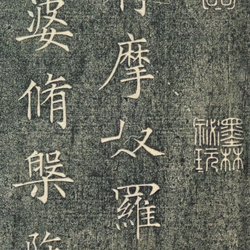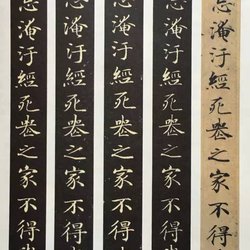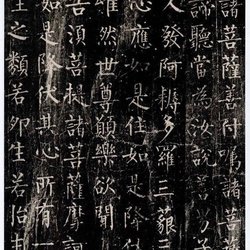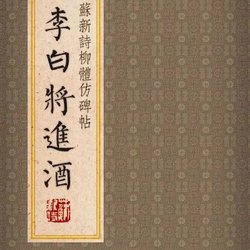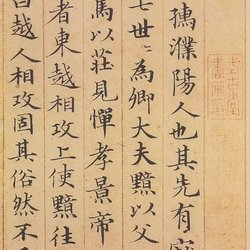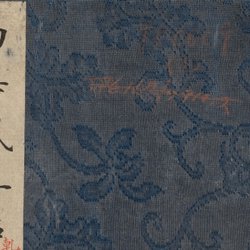This old copybook from 1988 is worthy of being the winner of the special prize in the first Hard Pen Calligraphy Competition. This is real skill.
Today I would like to share with you a copybook that I have collected. It was published in June 1988, more than 30 years ago, "Fountain Pen Copybook" by Teacher Gu Zhongan.
There are two fonts in this copybook, which are the two fonts that Mr. Gu Zhongan is best at, regular script and running script.
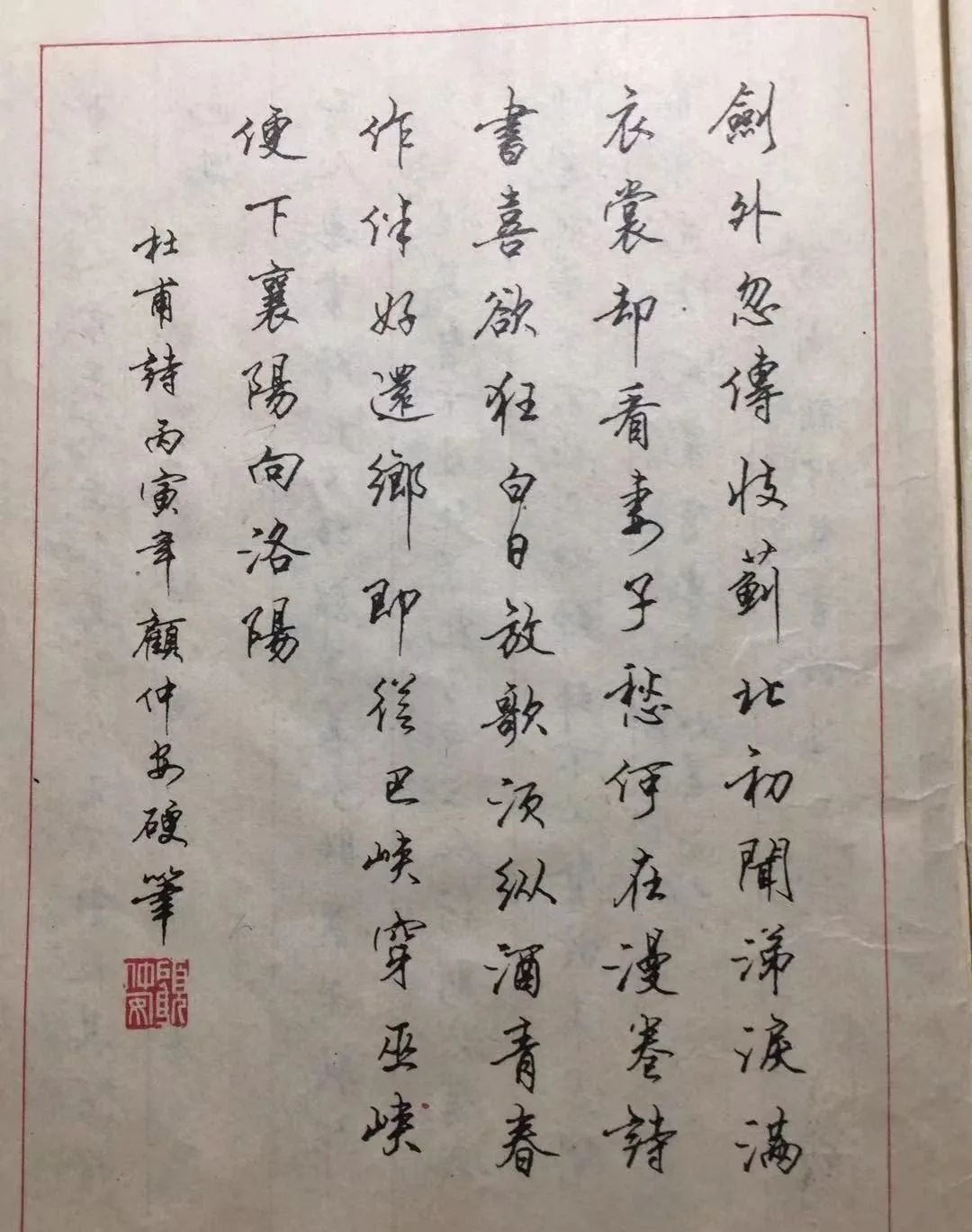
This article first shares the regular script part. The copybook is very detailed and the content is of great reference value for friends who are practicing calligraphy.
Gu Zhongan: Won the highest prize in the National Hard Pen Calligraphy Competition four times in a row, and won the special prize in the first Hard Pen Calligraphy Competition in 1985.
He started learning brush calligraphy from his grandfather at the age of five. His pen calligraphy is full of the spirit of brush calligraphy. It is bookish, rich and durable, and the brush strokes are quick, neat and solid. He pays attention to rules and is not deliberately artificial; the structure of the characters is broad and broad. He is steady and elegant, especially good at regular script and running script. I won’t write more introduction here, you can search it online.
I have always loved Teacher Gu Zhongan's regular script and running script, but I haven't started practicing it yet. I have practiced standard calligraphy for a year to lay the foundation. The next step is to start practicing teacher Gu's regular script and running script at the same time. You can collect it if you like it too.
First, let’s take a look at some of the standard Chinese characters that I usually practice. If there are any shortcomings, I hope the experts can give me some pointers.
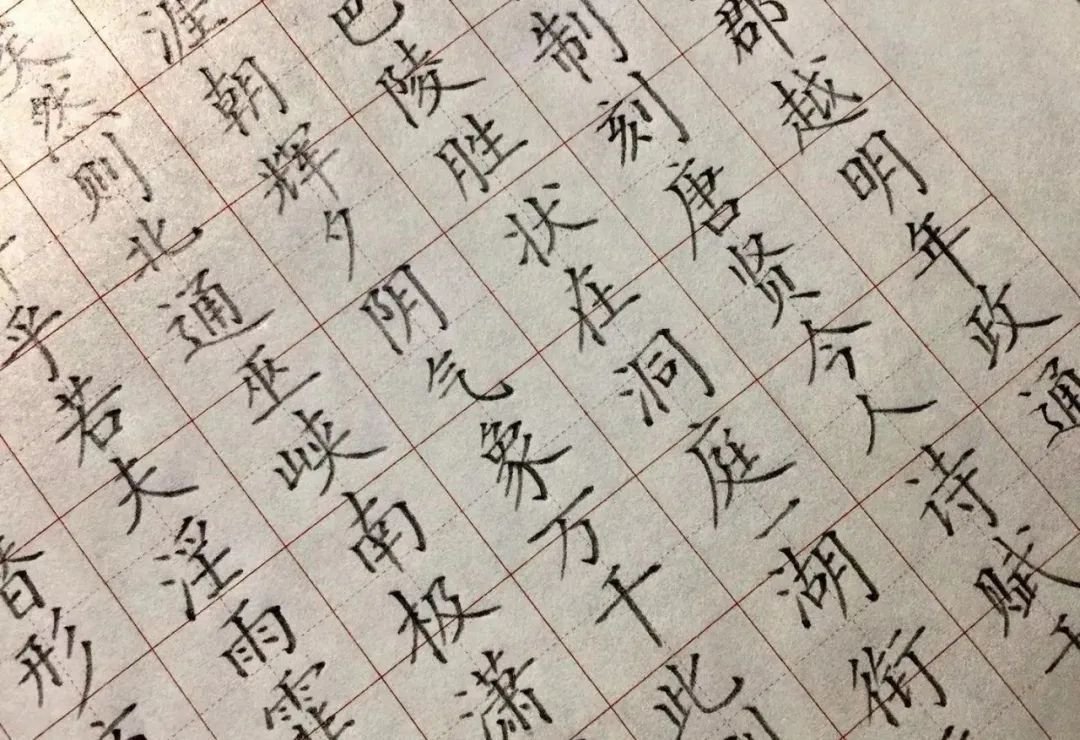
Let’s share teacher Gu Zhongan’s calligraphy below:
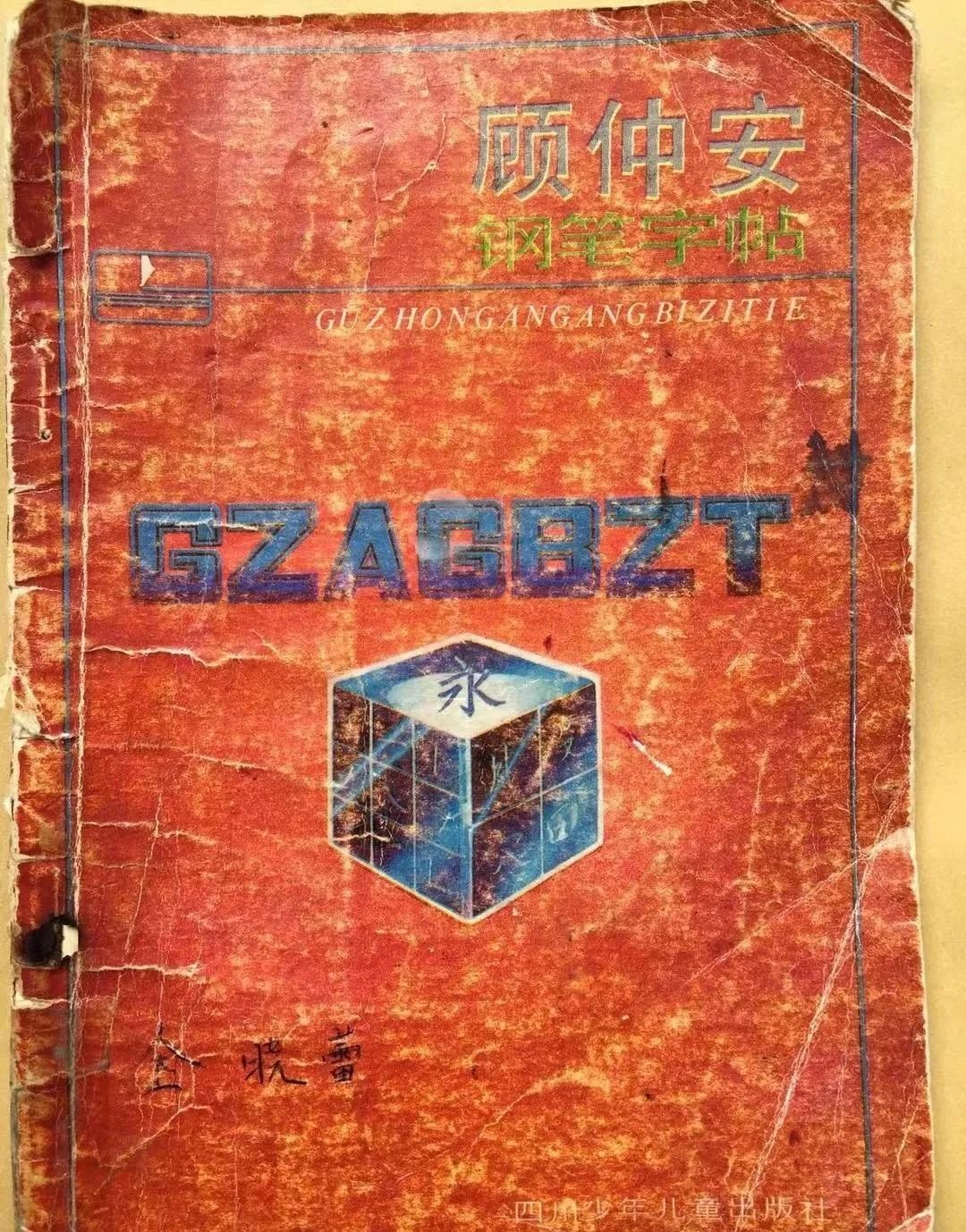
The cover design is simple and elegant, simple and elegant. The height of this copybook is 18.4cm and the width is 13cm. This size is very easy to carry. There are no practice grids in it. It is full of practical information. I still like the old calligraphy books.
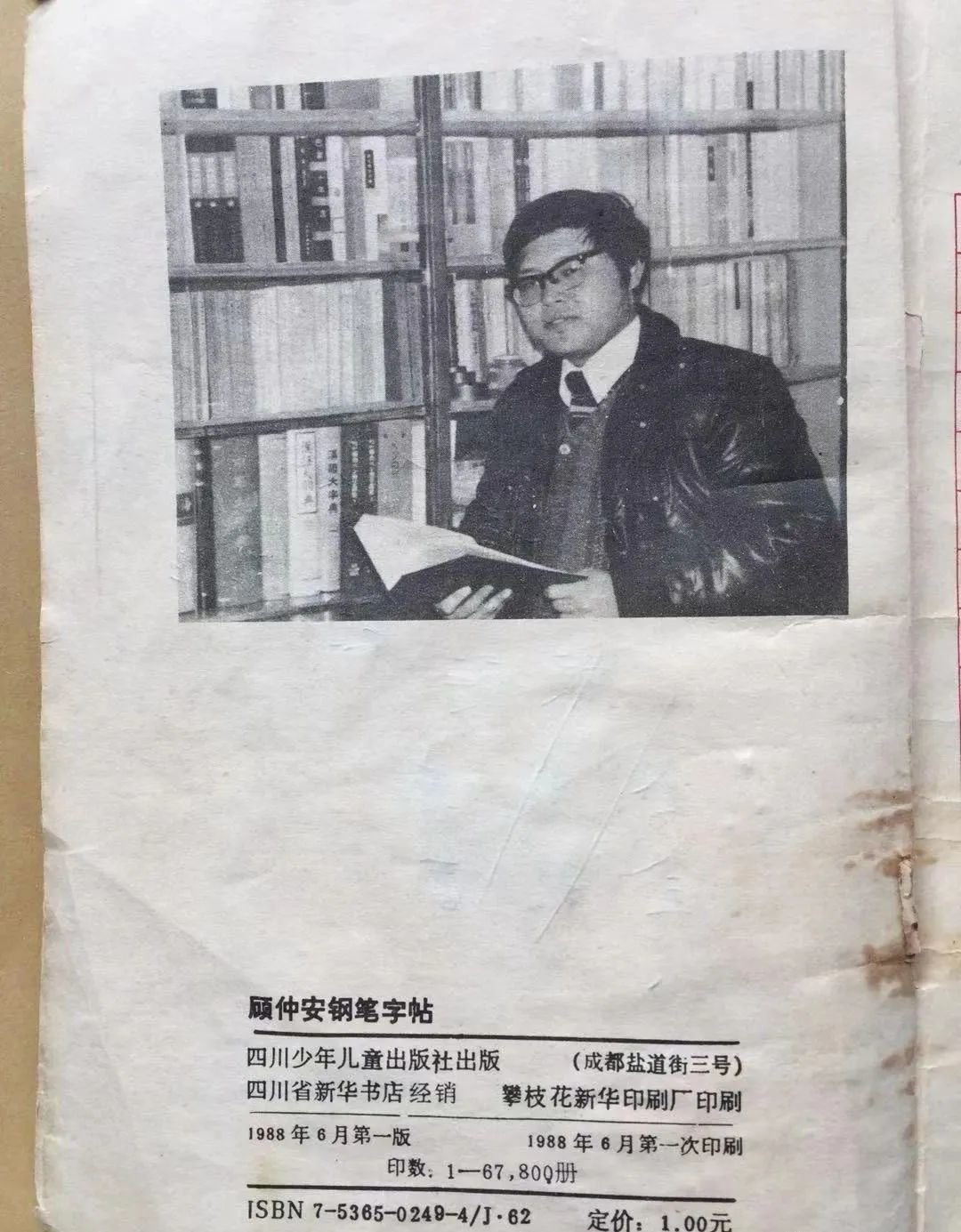
First printing in June 1988.
I admire Teacher Gu Zhongan's low profile, even though he won the special prize in the first hard-tipped calligraphy competition and other competition awards three years ago when he published his copybook. But there was no mention of it on the copybook, just a simple photo and no personal introduction at all. No one can compare to this kind of spirit.
The opening chapter briefly introduces the history of Chinese calligraphy and the selection of writing tools, as well as a message for beginners.
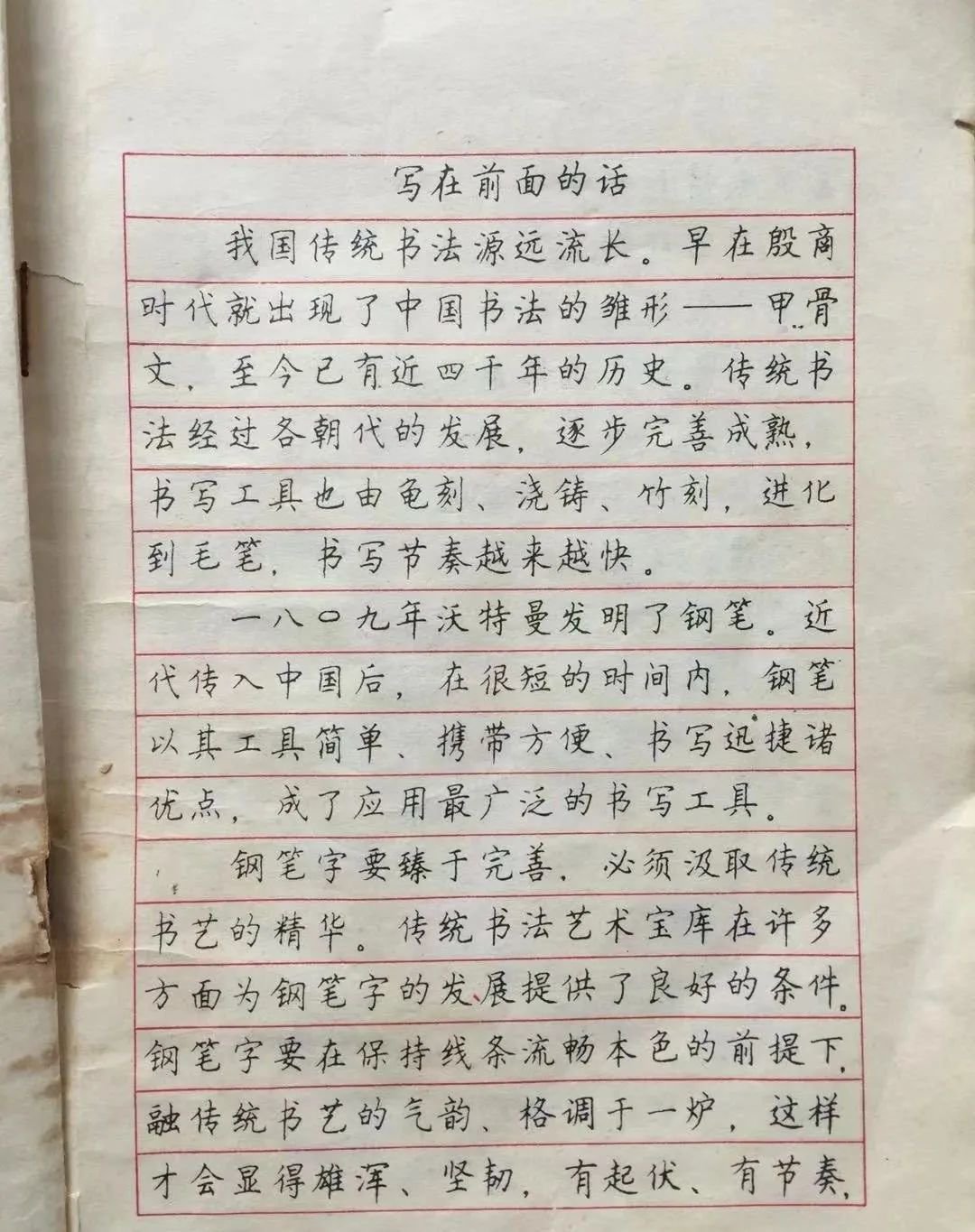
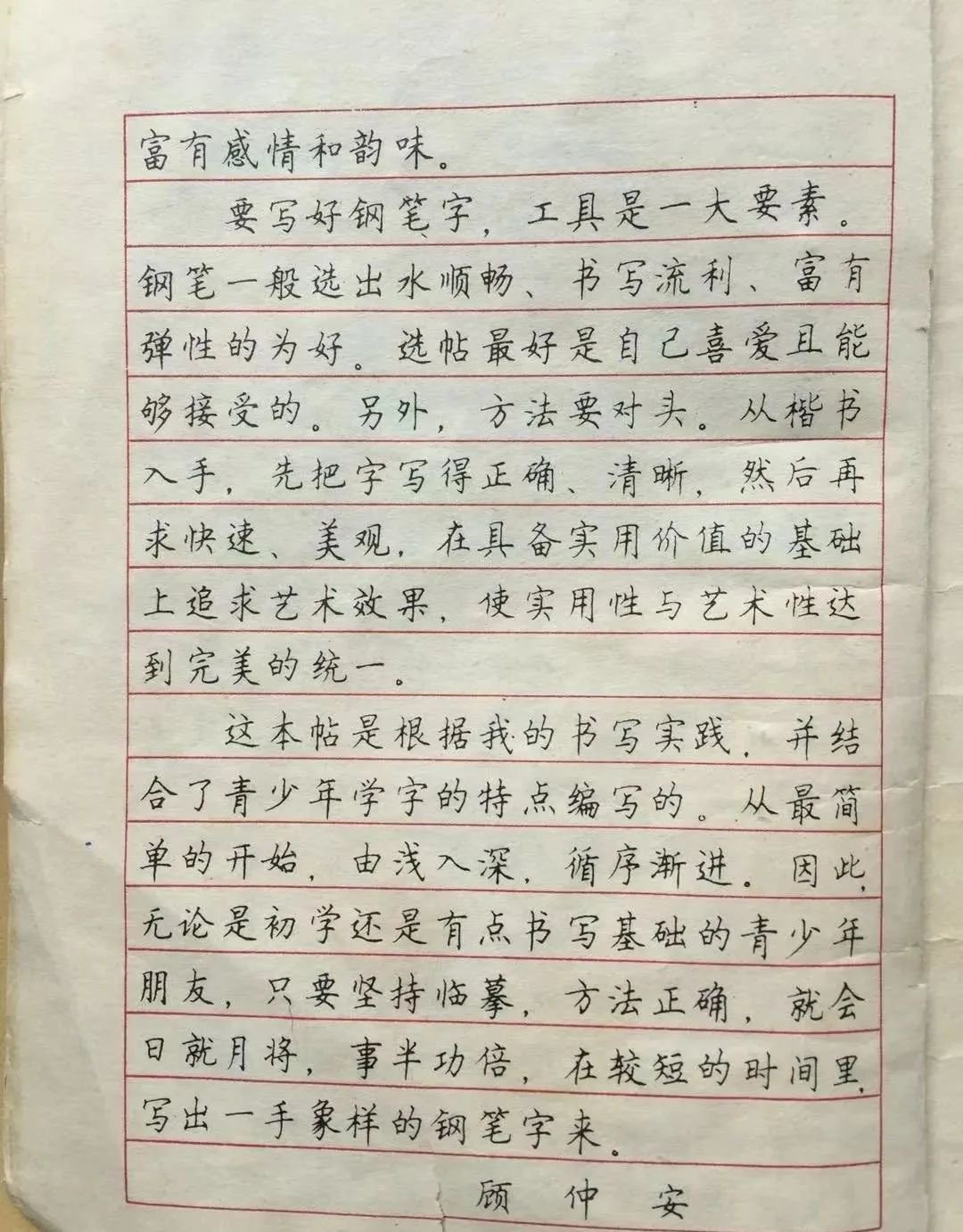
Introduction to sitting posture
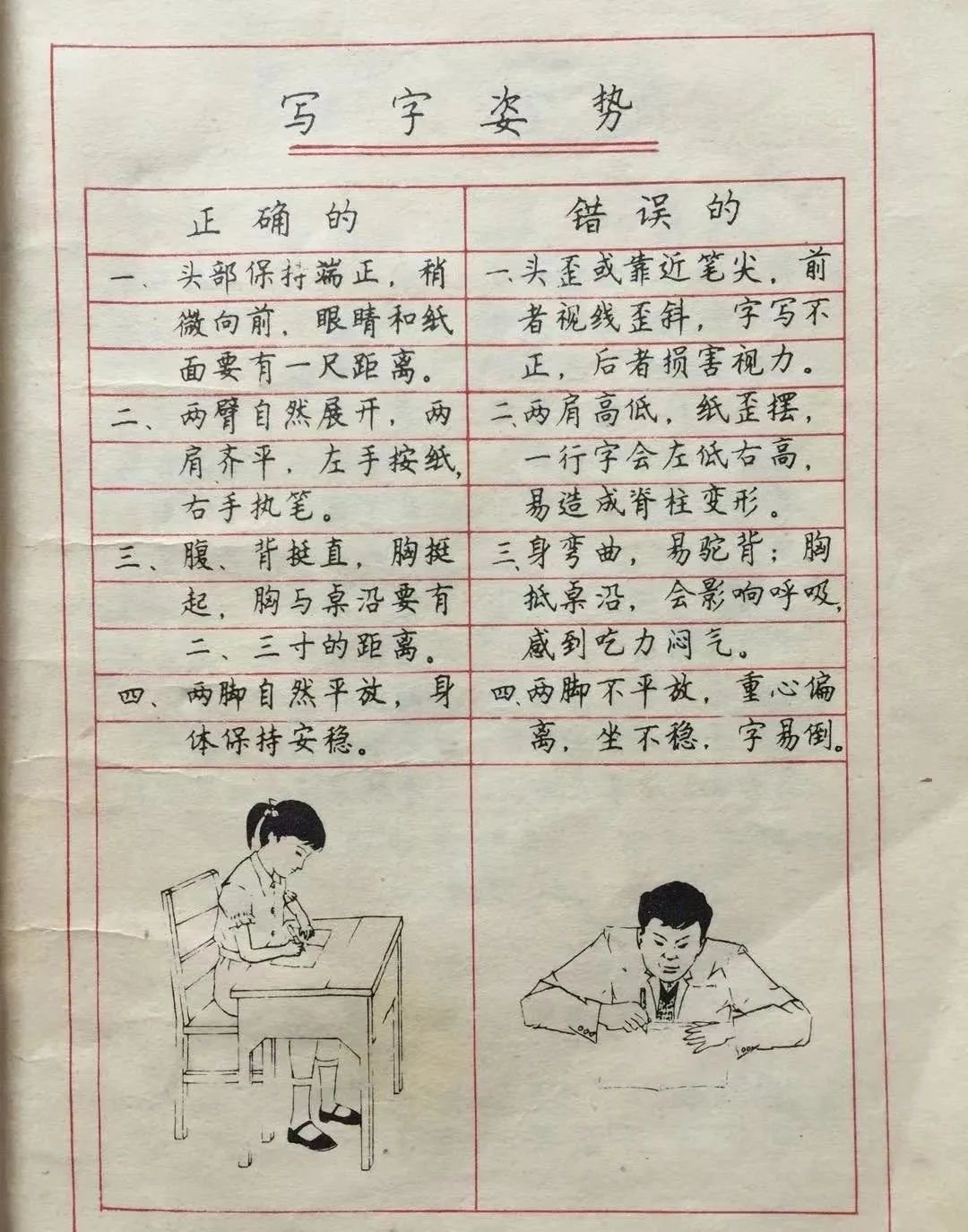
Introduction to writing posture
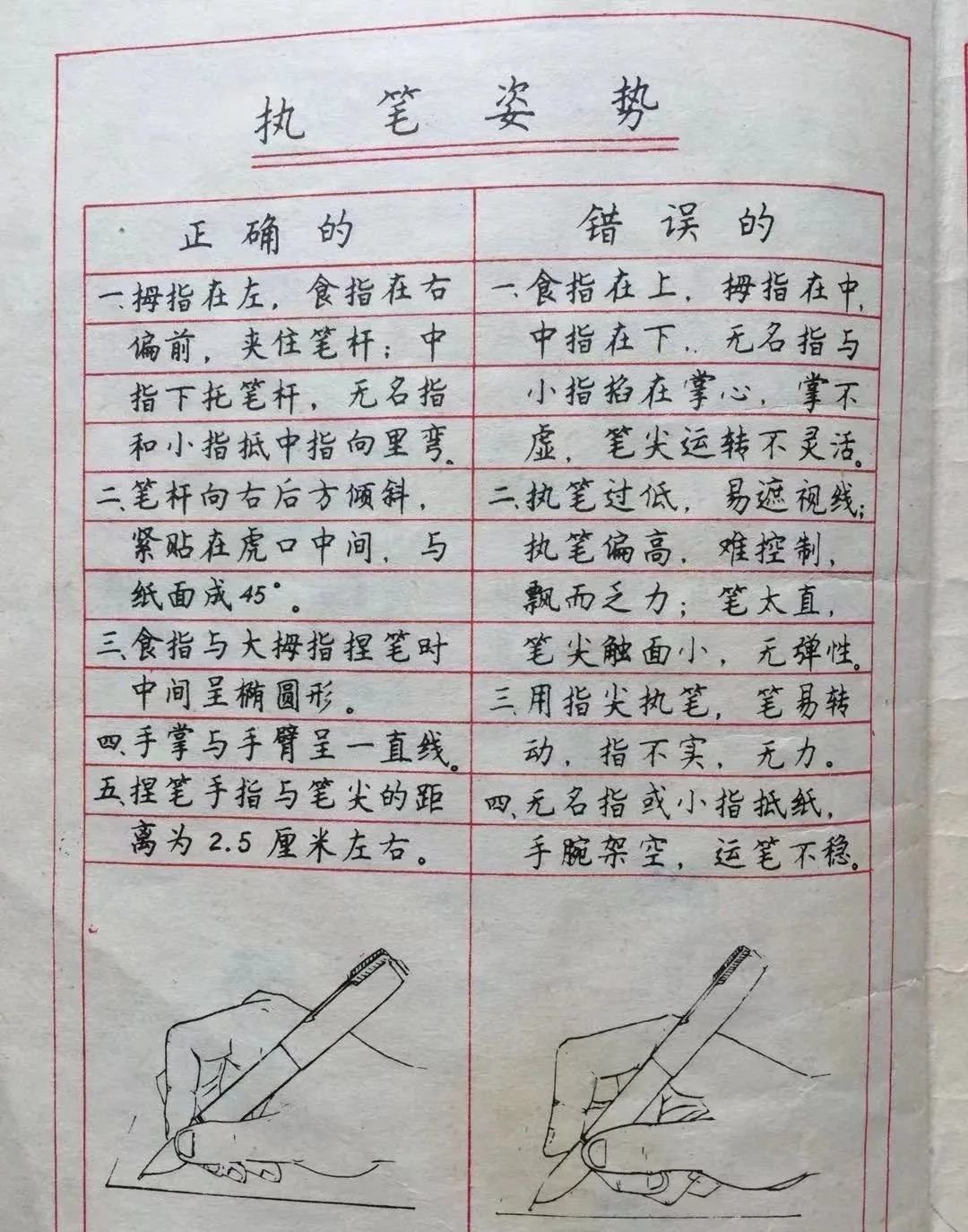
Teacher Gu Zhongan elaborated on the essentials of the eight basic strokes. There are traces of other people's strokes in the front. It mainly depends on the text behind it.
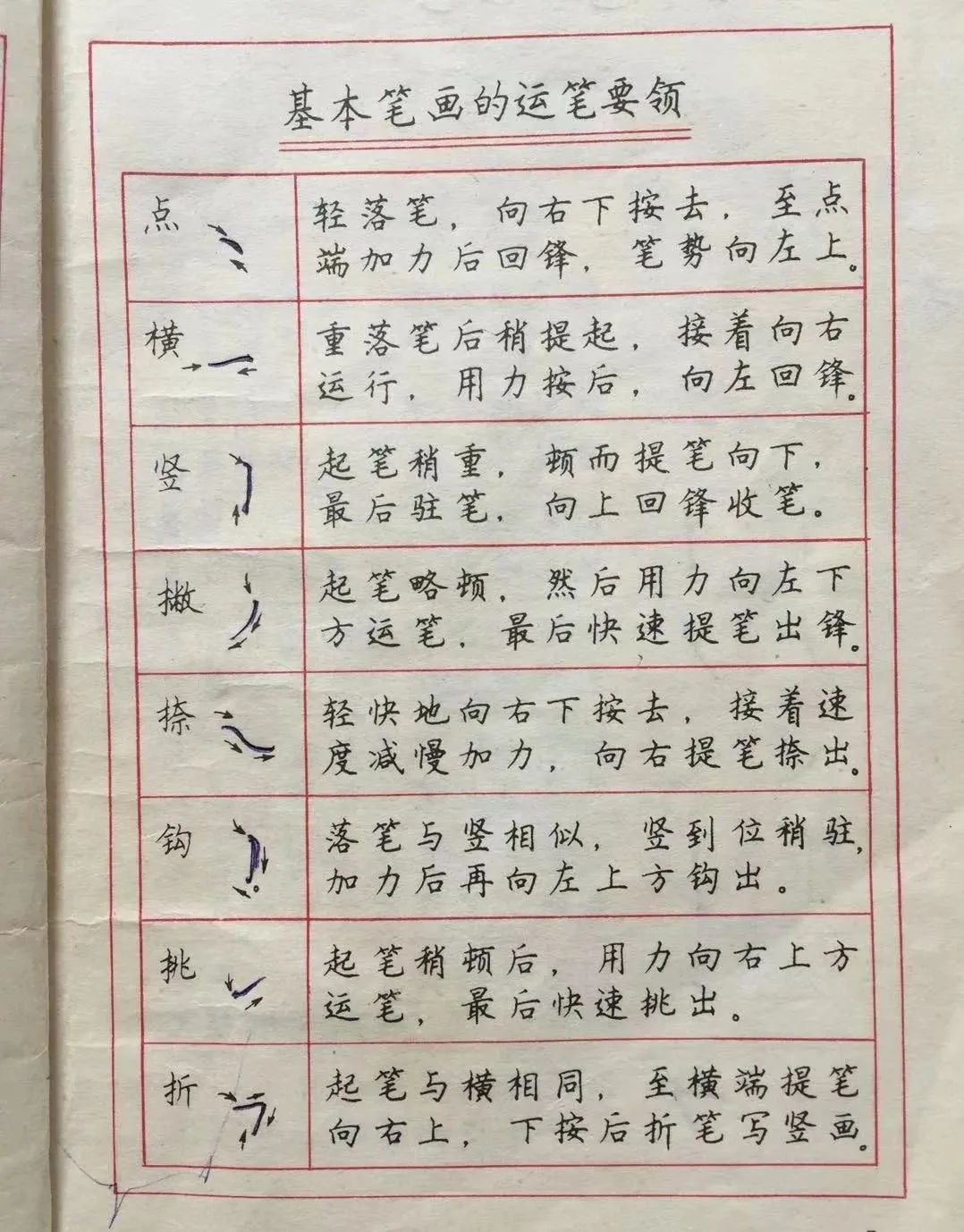
The difference between fountain pen and brush
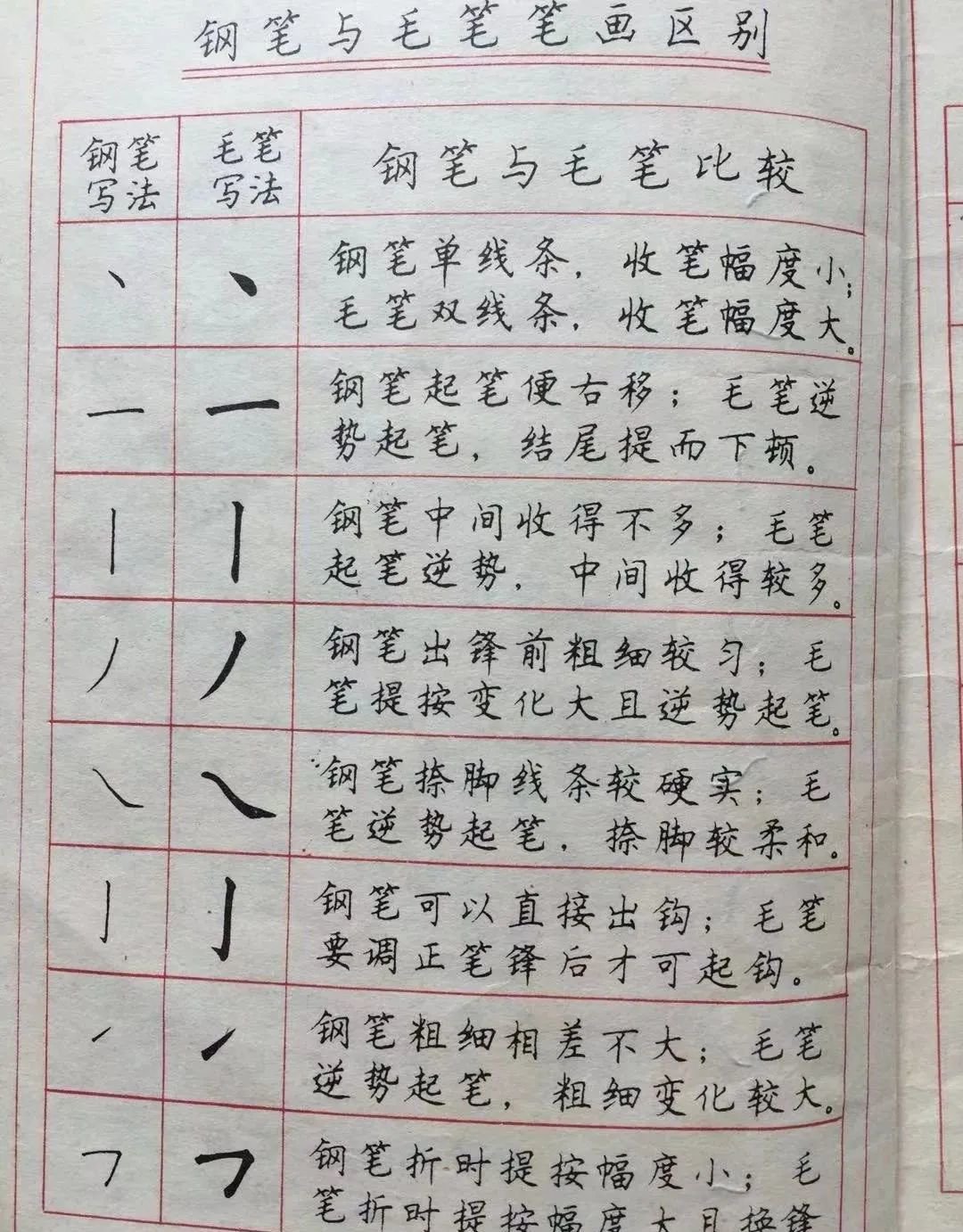
Common mistakes in stroke writing
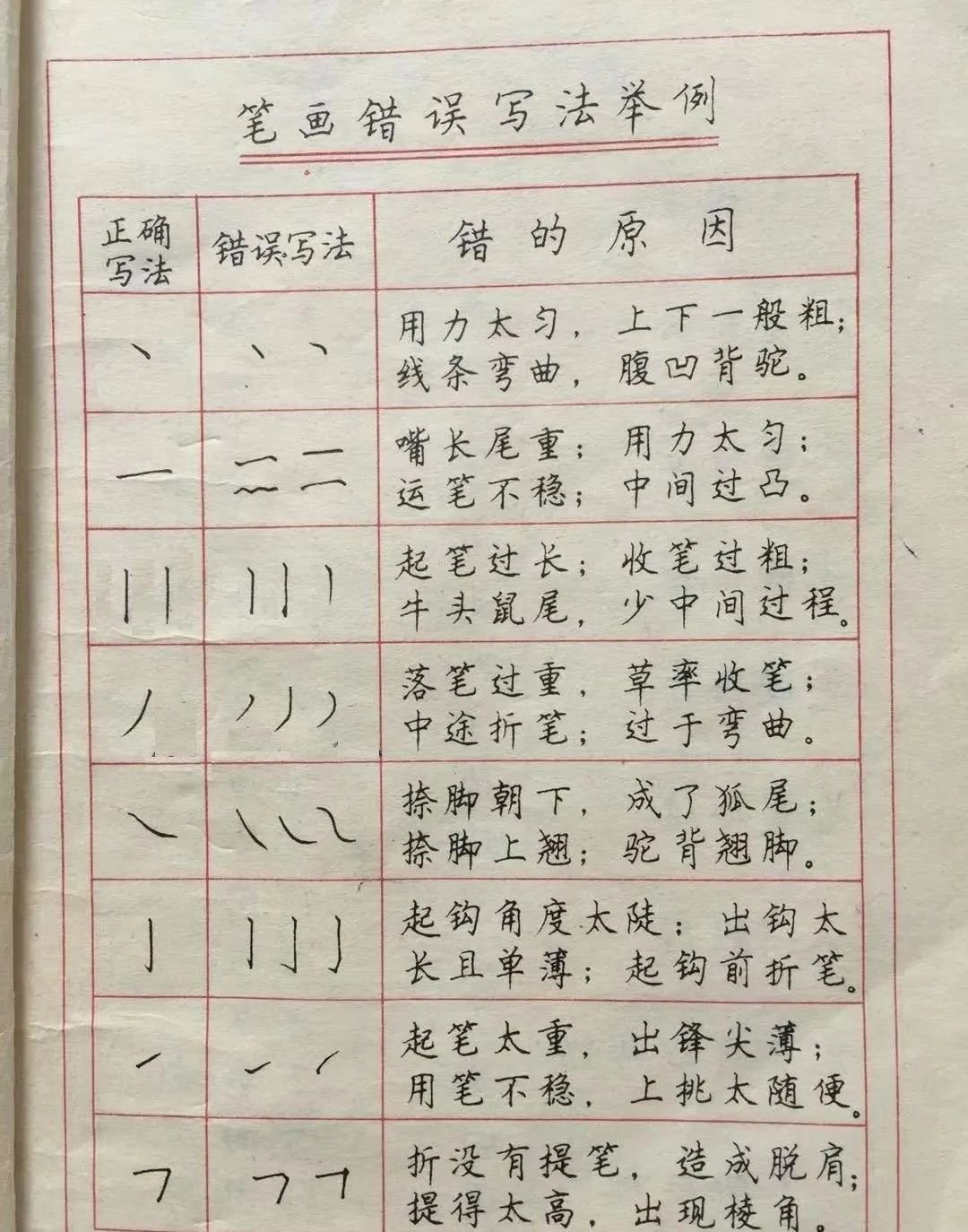
Chinese character stroke order rules
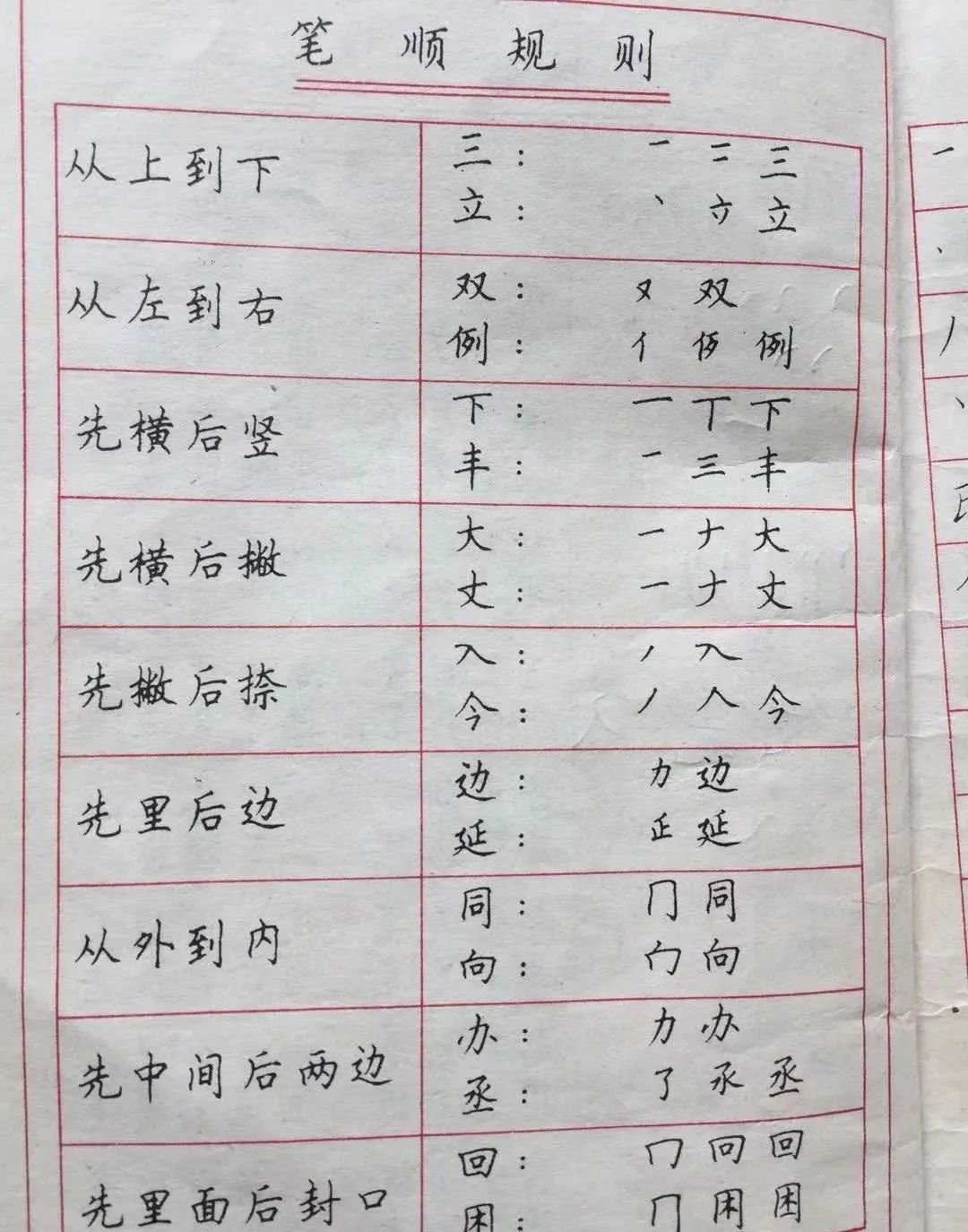
These two characters are easy to write in the wrong stroke order. Many of the characters in the pictures are different from the stroke order of modern hard-pen standard characters. These two pictures are for reference only and are not used as standards.
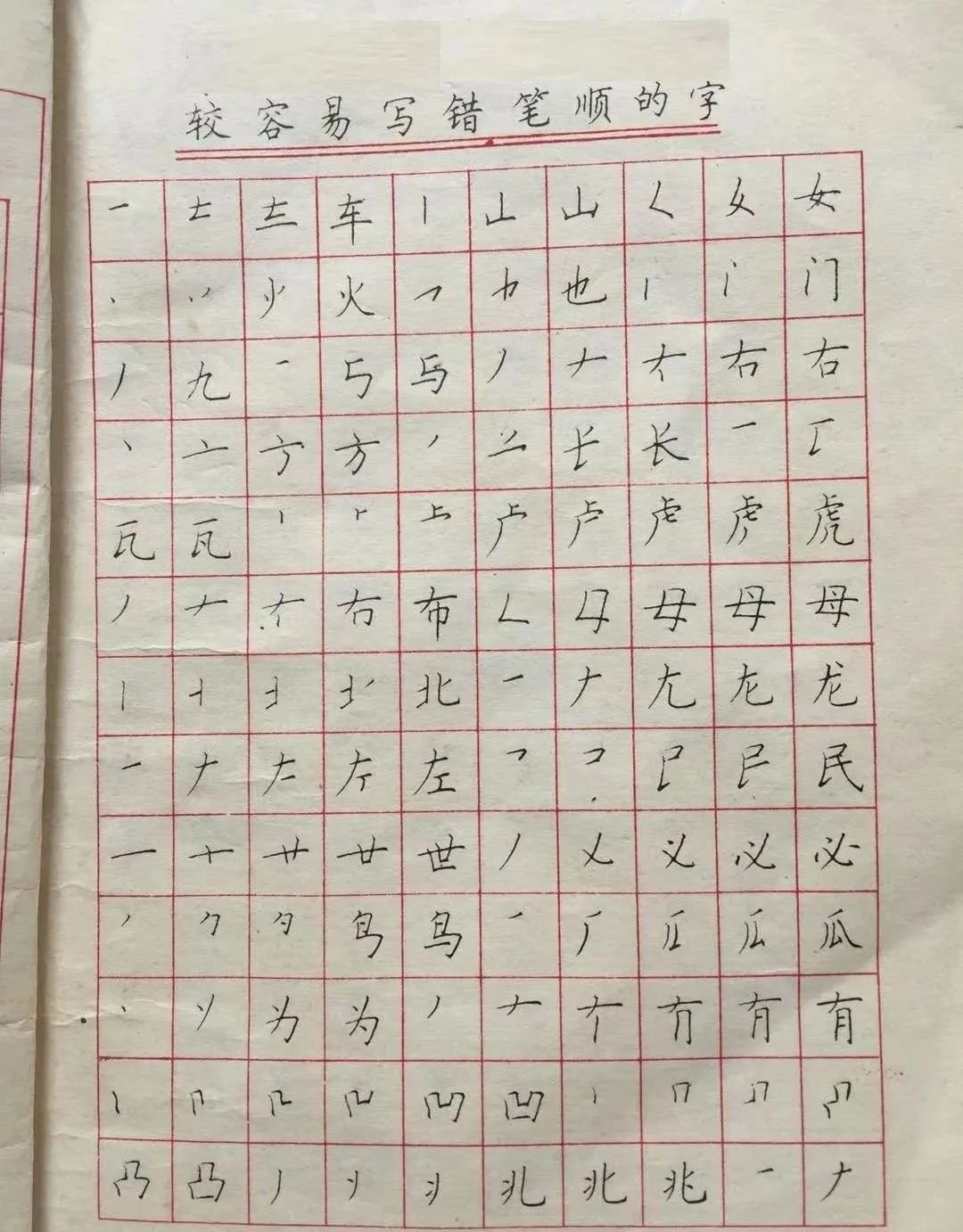
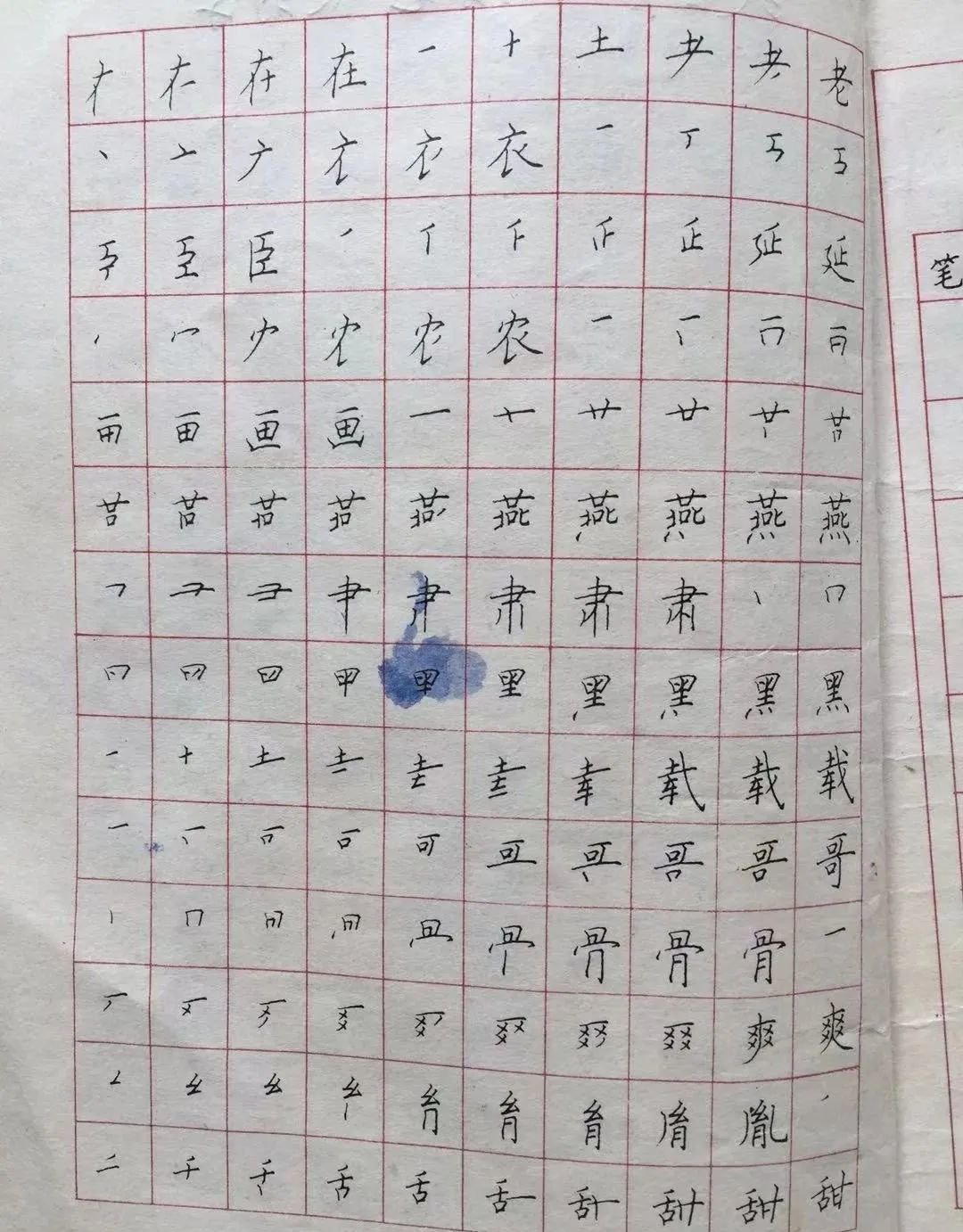
How to write basic strokes
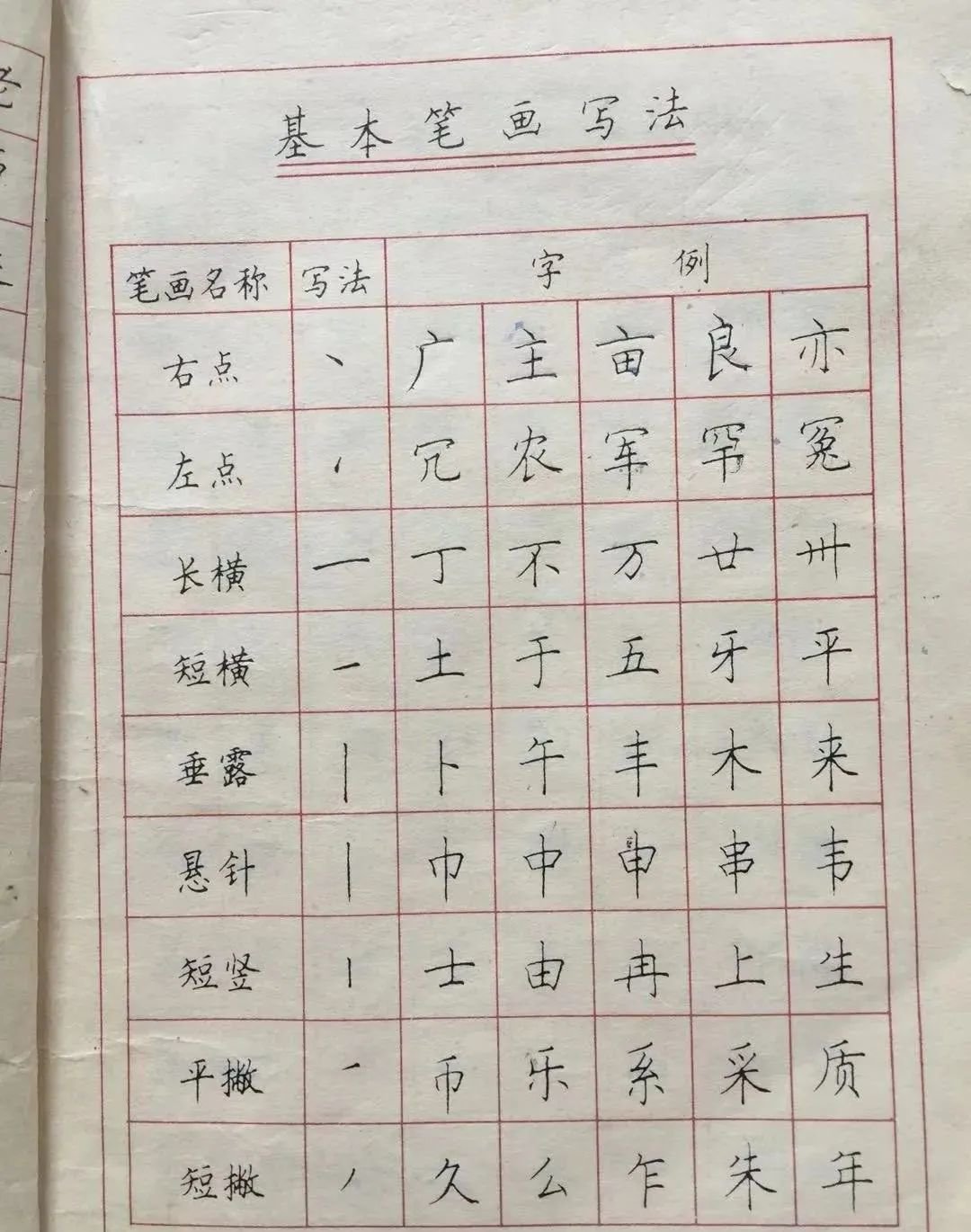
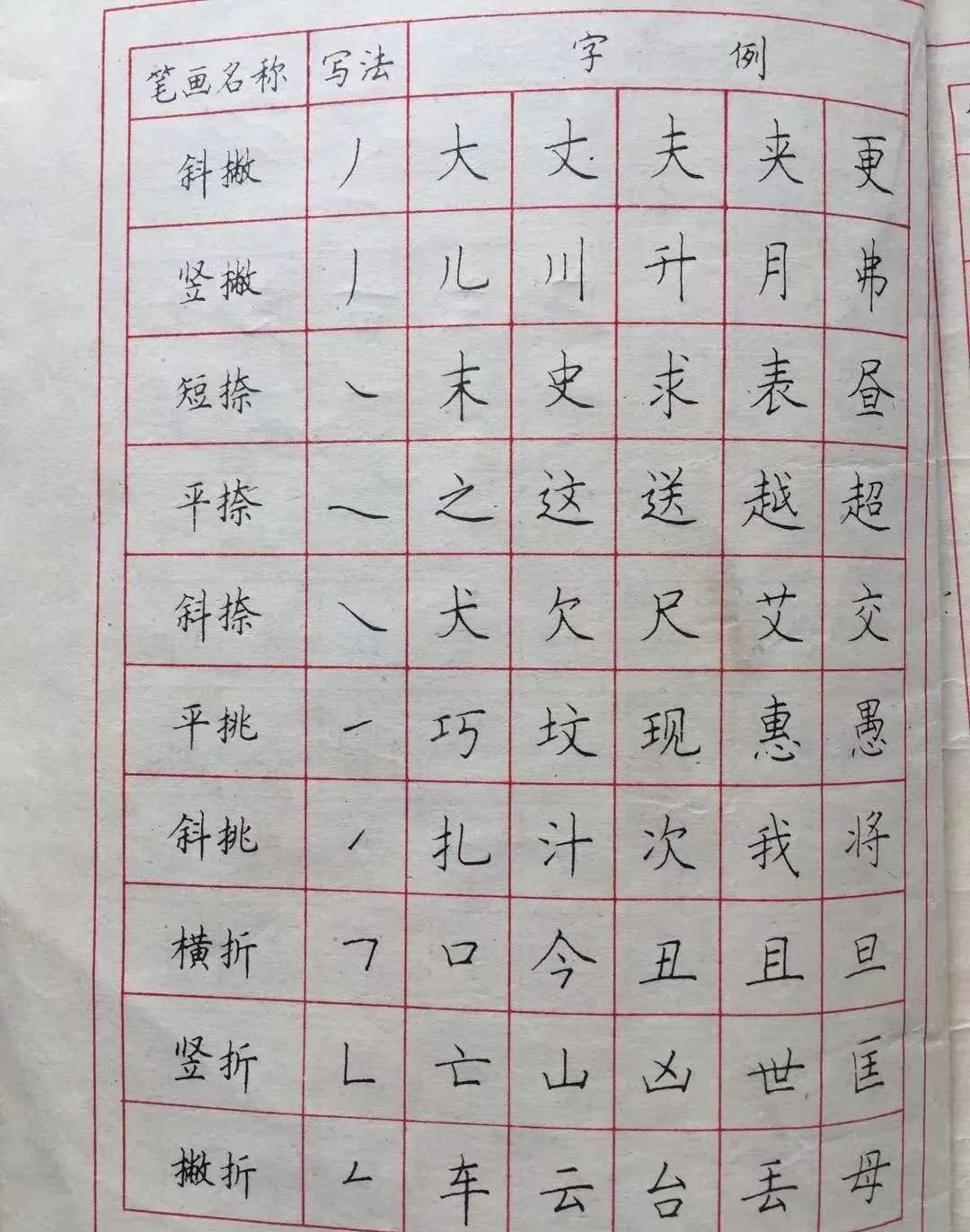
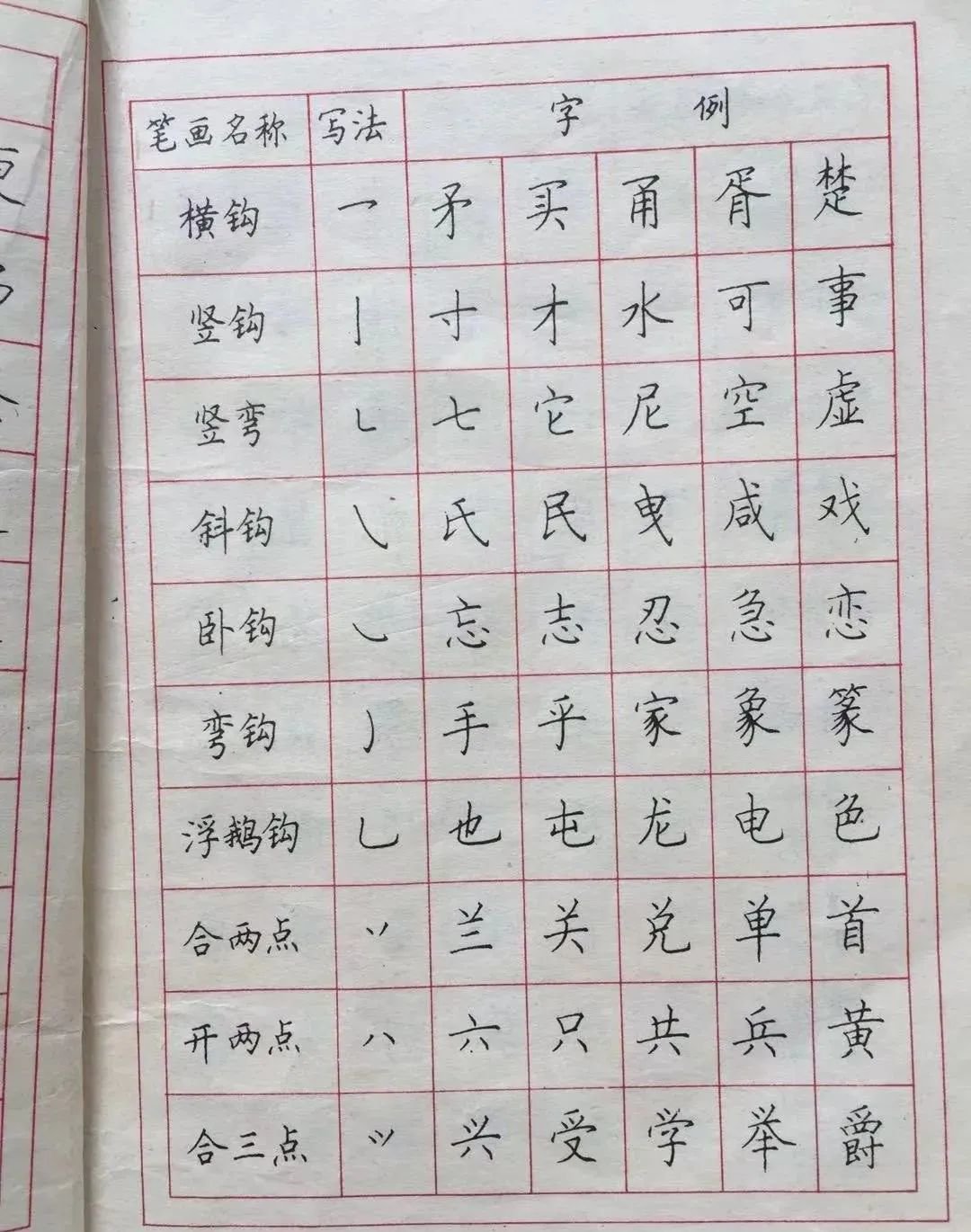
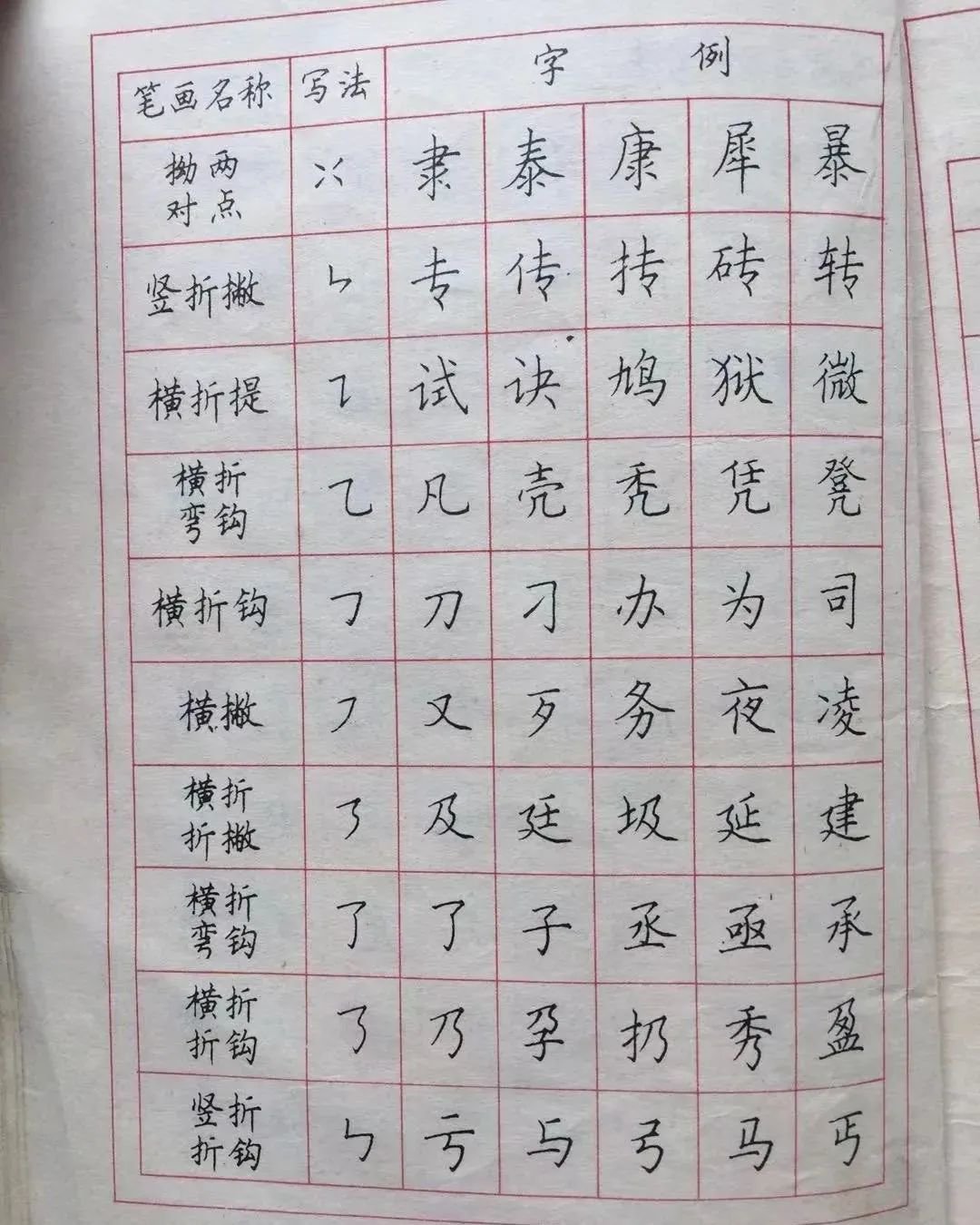
The above are the basic strokes. Teacher Gu Zhongan listed 39 types in total. The third to last "LE" is about "horizontal bending hook"
Nowadays, the part "LE" is generally divided into two strokes, "horizontal stroke" and "vertical hook".
How to write radicals
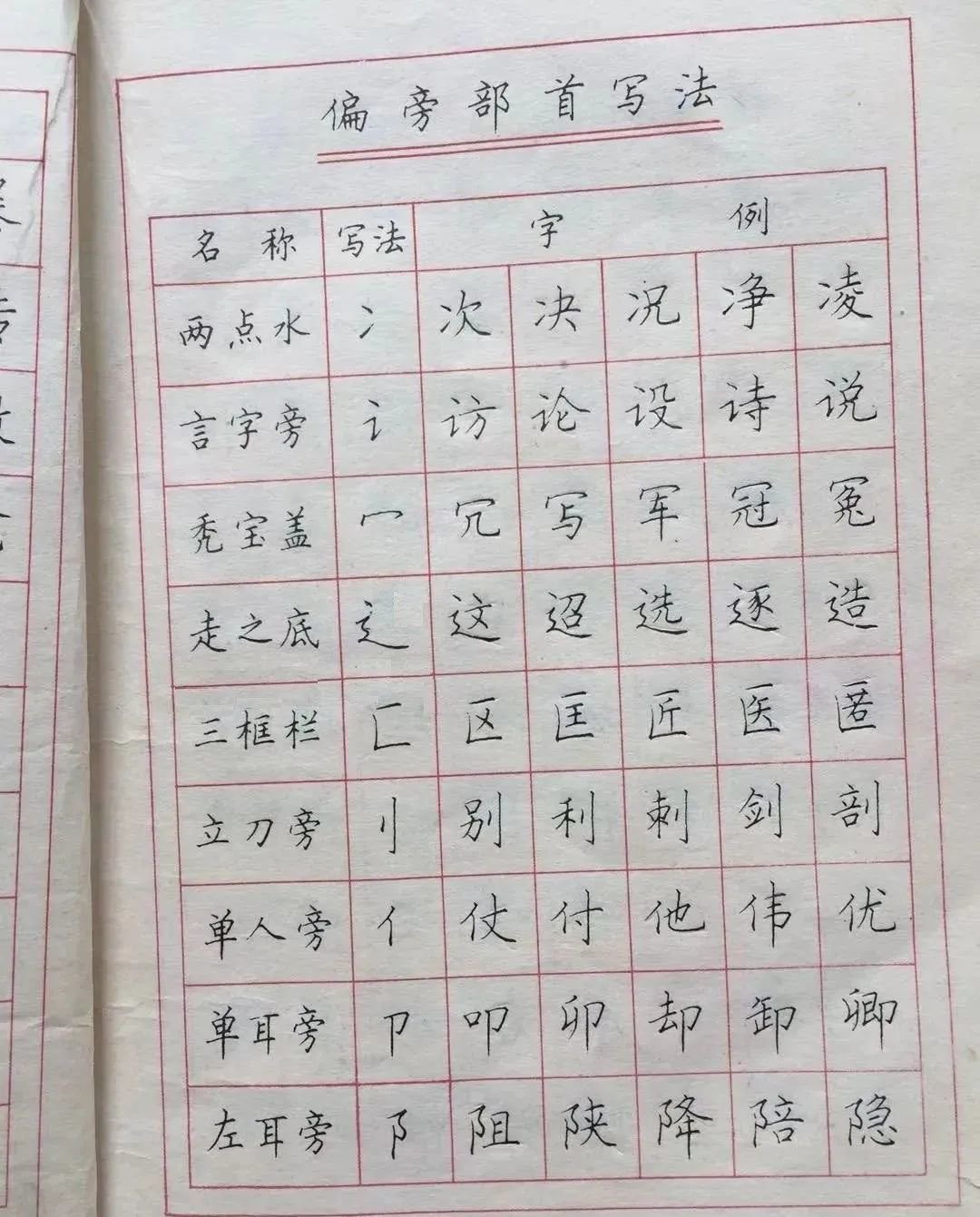
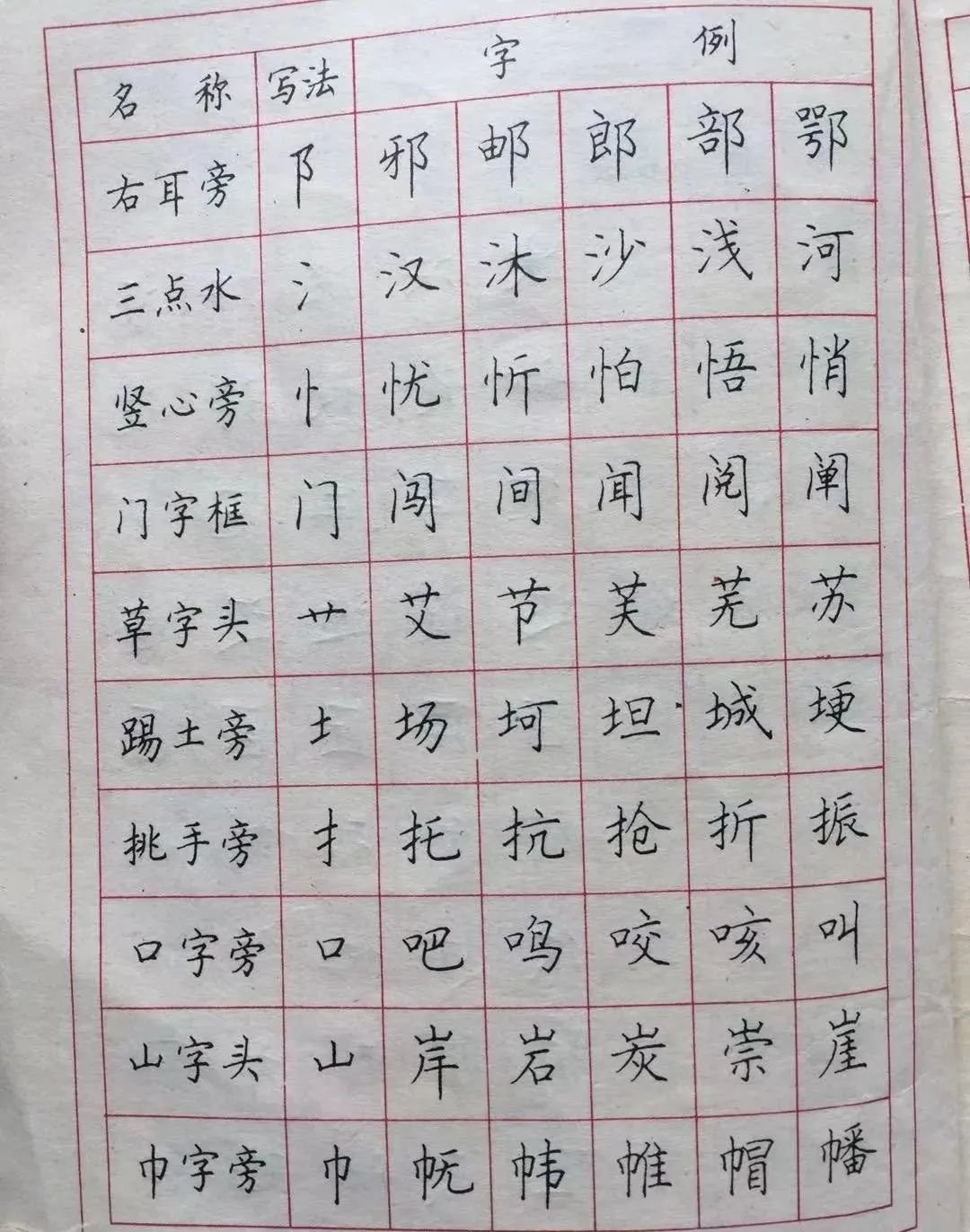
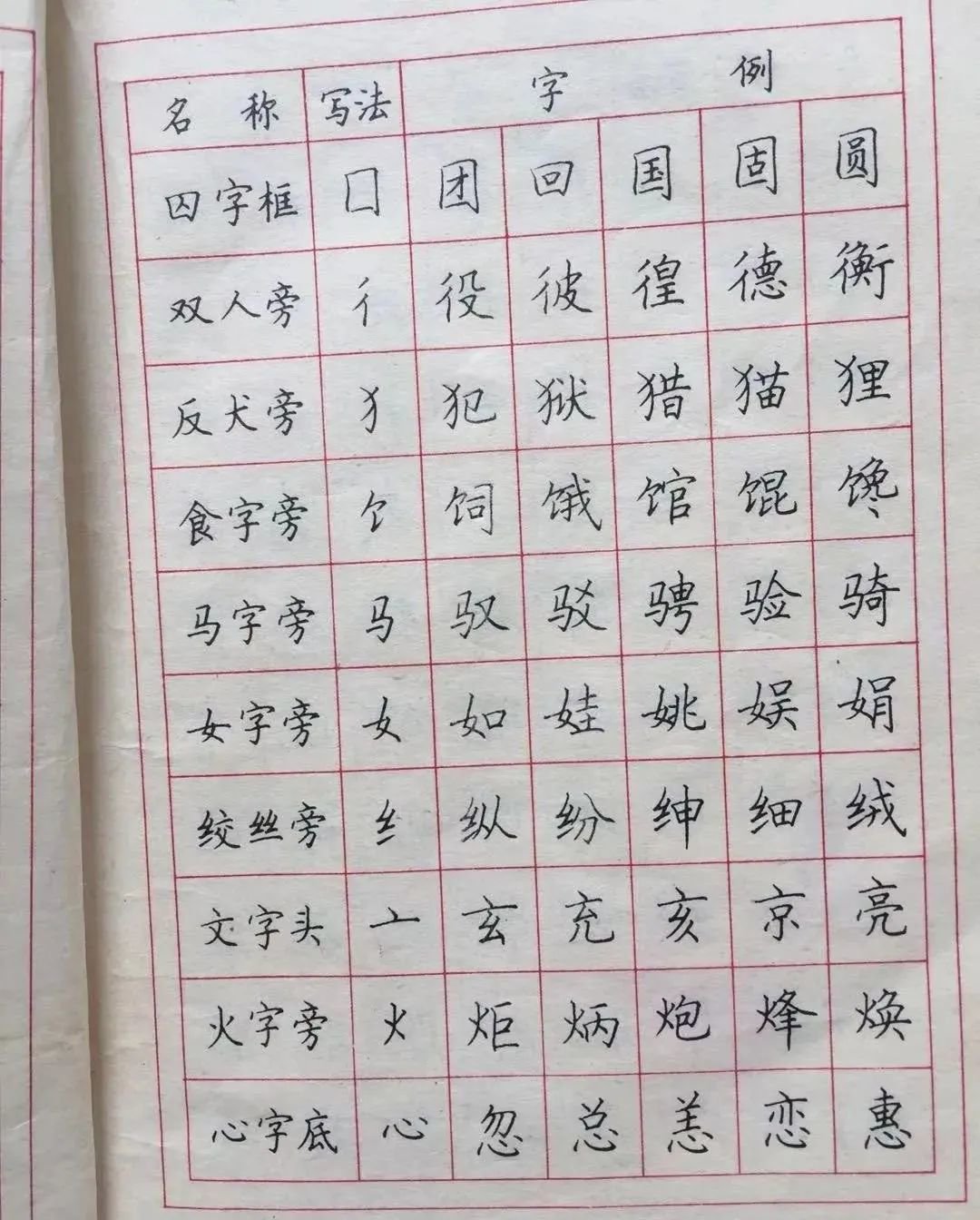
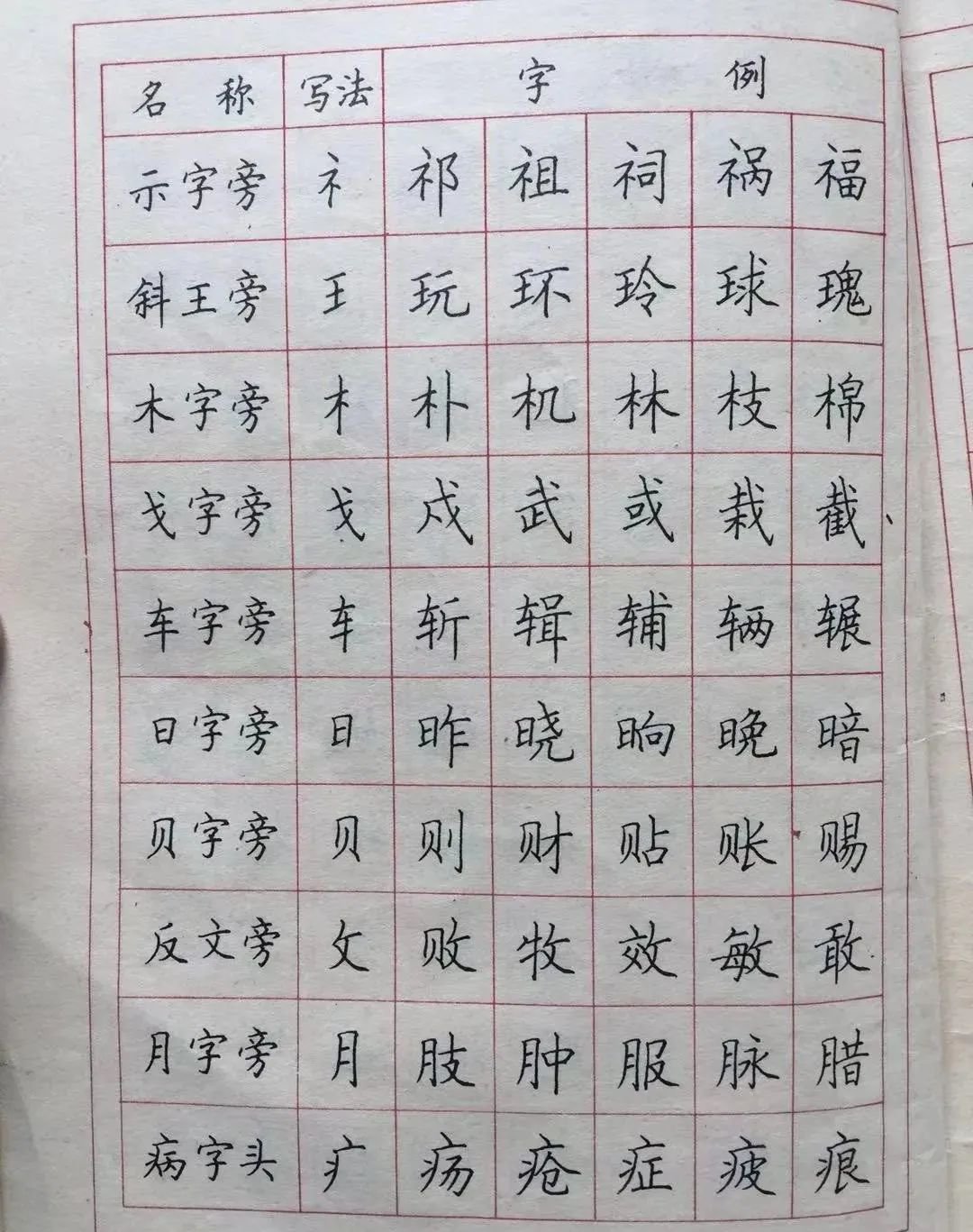
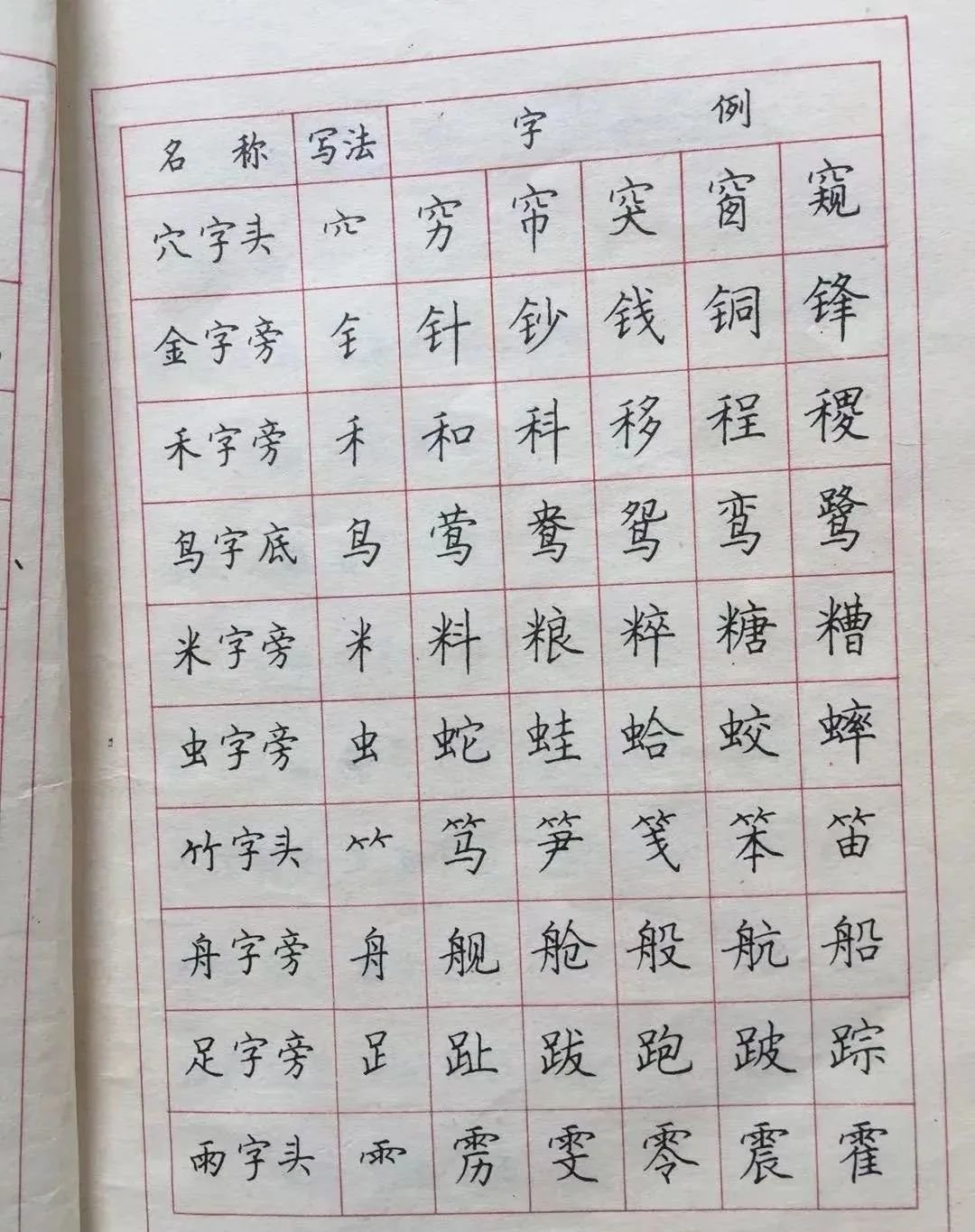
The above is the writing method of radicals. A total of 49 radicals are listed, some of which have different names.
Regular script structure forty-nine methods
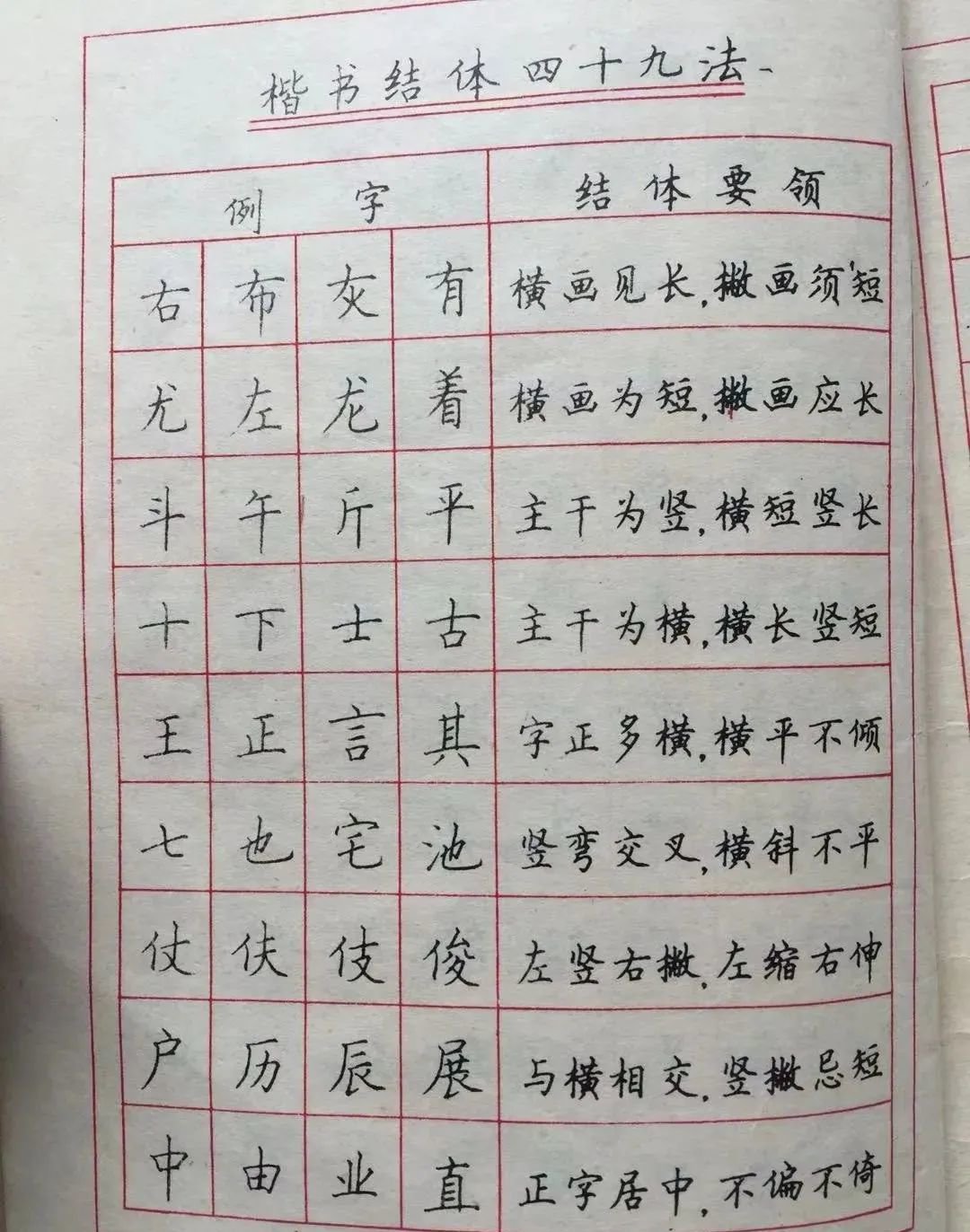
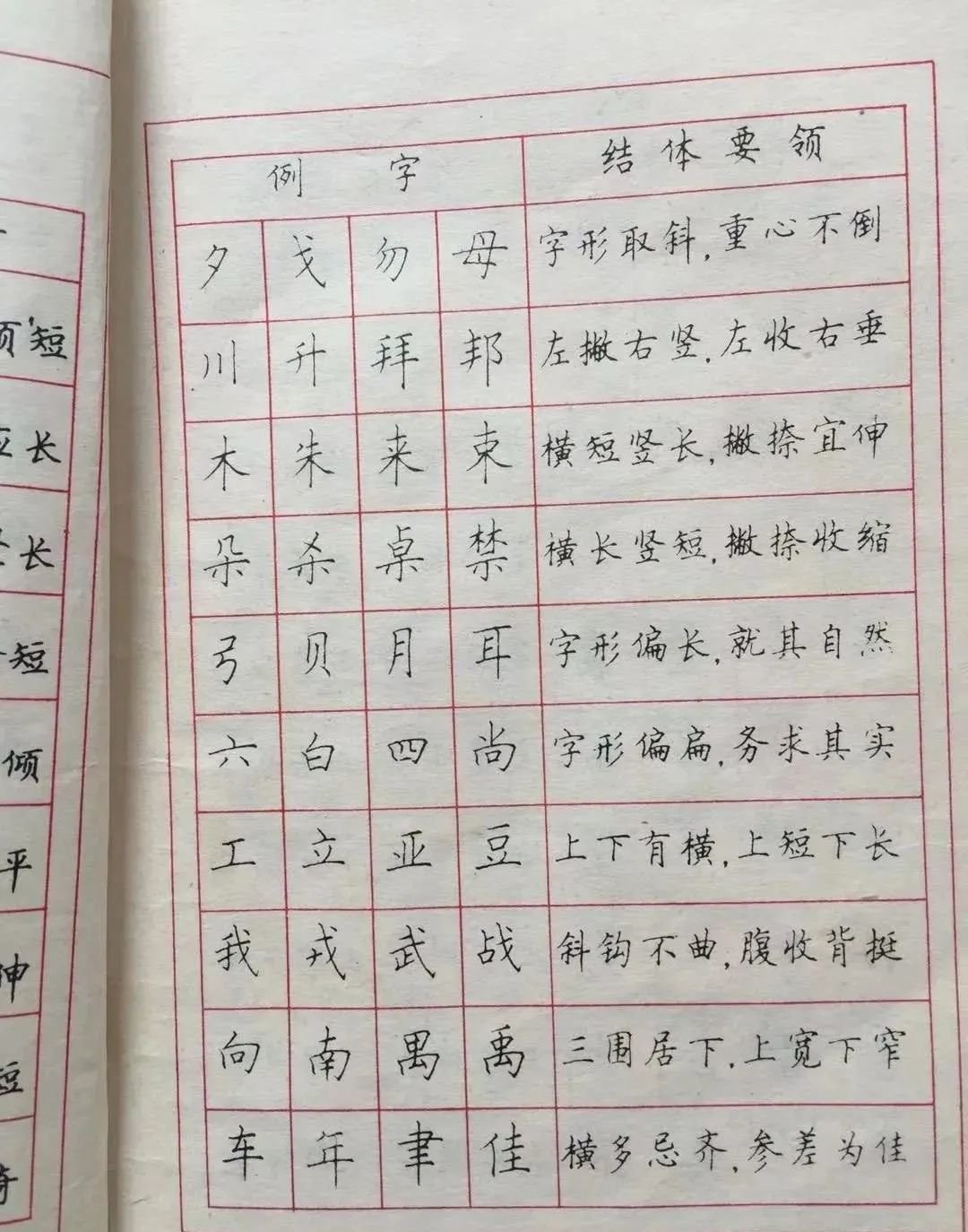
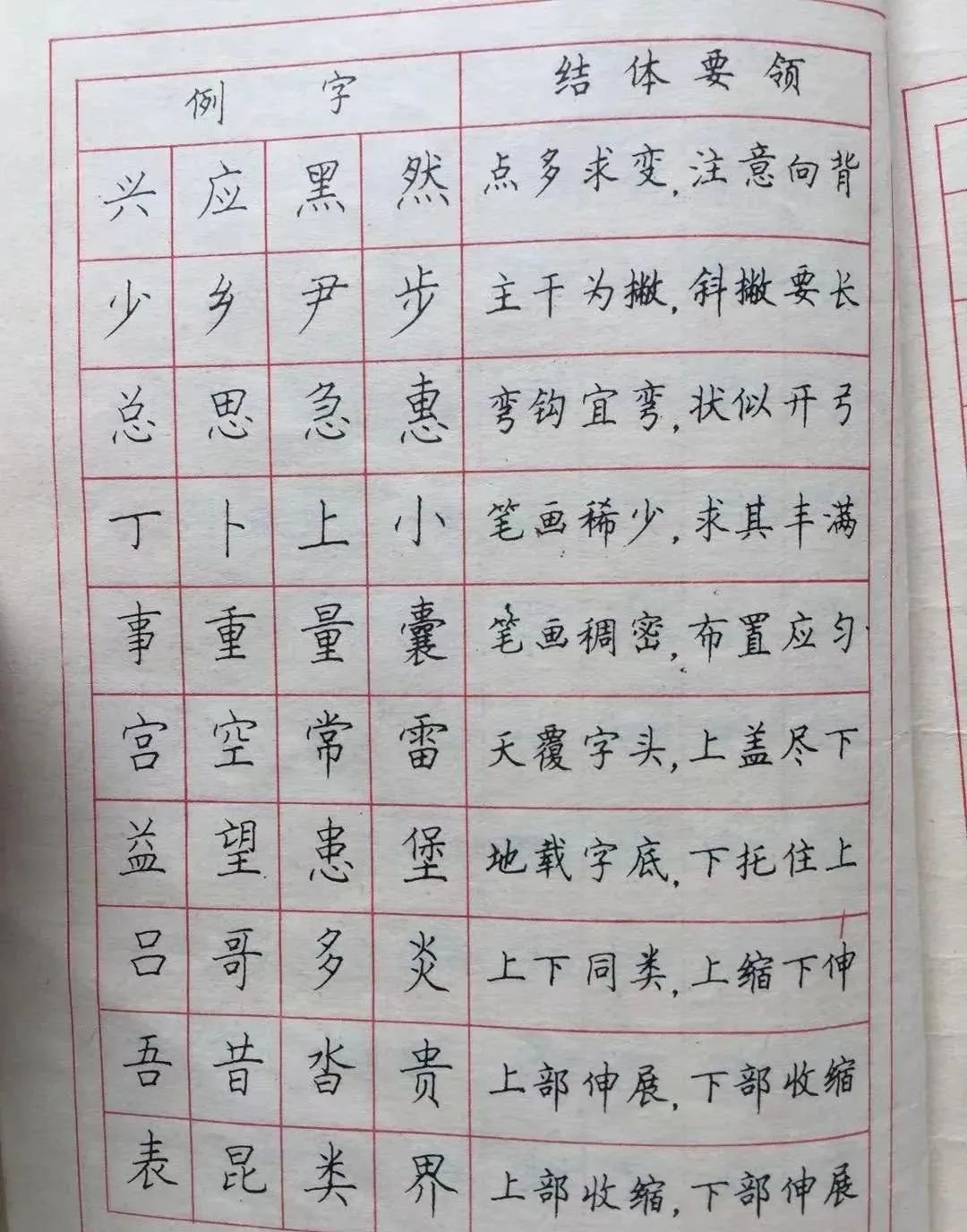
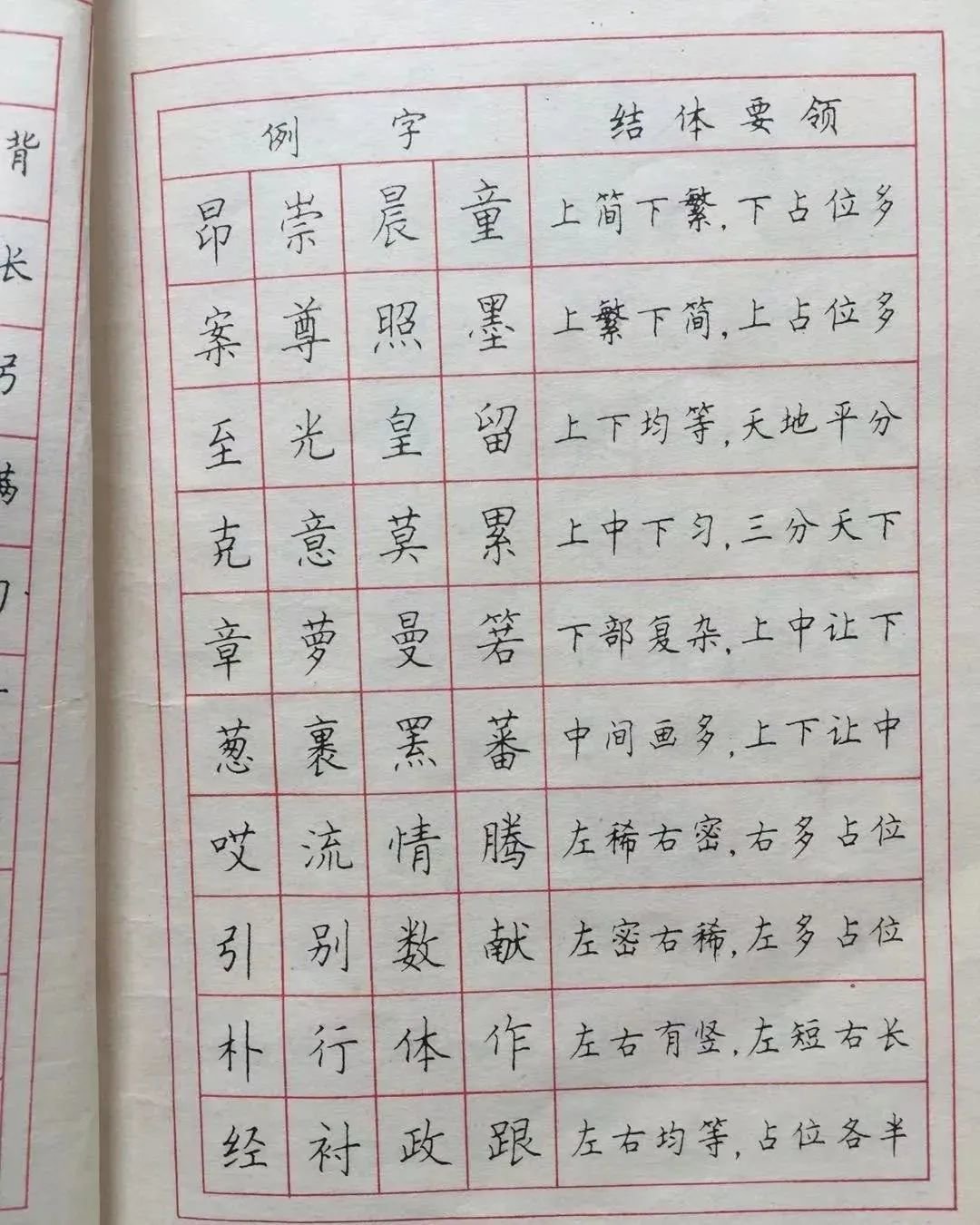
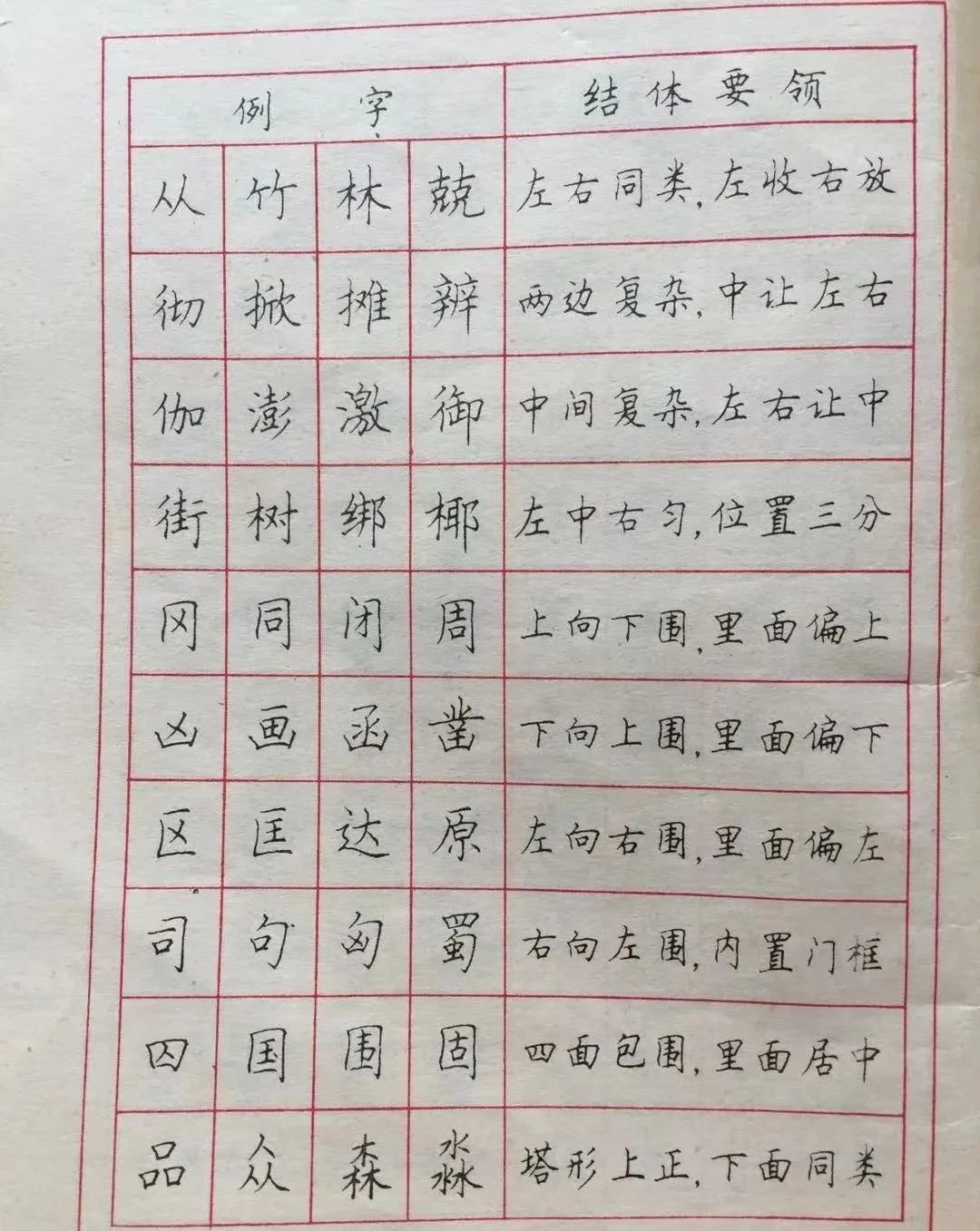
The pictures and texts come from the Internet, and the copyright belongs to the original author. Infringement will be deleted.

